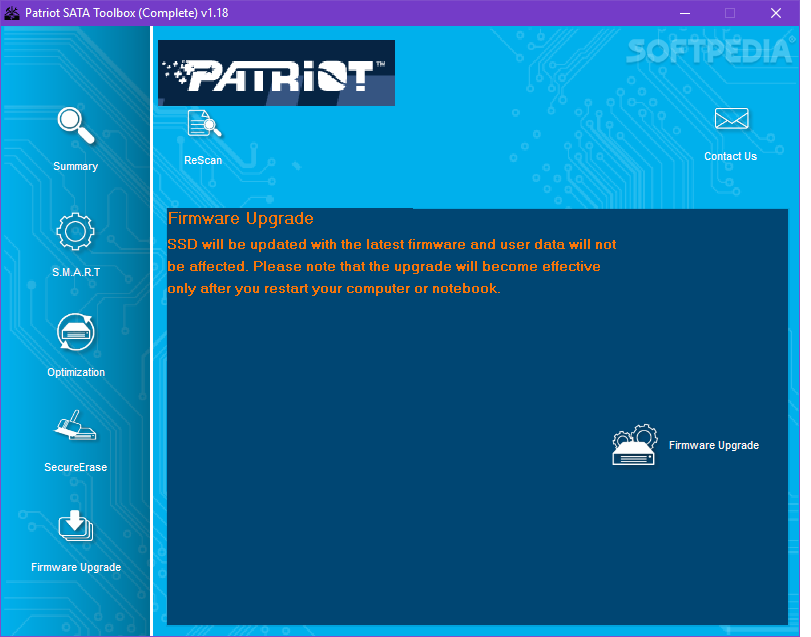
Most applications use this to report the endurance used or SSD life left (100% – % used) as a percentage.

The easy way to monitor endurance of an NVMe SSD is the SMART Percentage Used field, which is like a gas gauge for the endurance that shows the actual wear out of the drive. The SMART will summarize the error log page for media or data integrity errors and will also list the number of unsafe shutdowns which can be caused by power loss events and power on hours to calculate statistics. The drive can also send the host an asynchronous event when this happens, so it is aware when a drive fails. The NVMe controller/drive will inform the host on the type of issue: the drive is in a degraded or read only mode due to media errors, a hardware failure, or the drive is currently exceeding the temperature threshold and/or throttling. The main health indicator is called the critical warning – when this is enabled the drive has a problem. This log page is used for general health information about the drive. The log pages count number of errors, which queue it came from and which data (LBA) and namespace was affected. NVMe drives maintain an error log page that reports when errors happen and log them.
Smart ssd tool Offline#
The NVMe specification has an example of a self-test but vendors can do deeper offline diagnostics if they wish during the SSD implementation.

Many OEMs, ODMs, and system integrators use this in the factory when putting in a new NVMe SSD to ensure that everything is working properly. This feature in the NVMe specification allows the host to start a short or long self-test that is meant to be run for offline diagnostics. Securely erasing an SSD which safely deletes all user data.
Smart ssd tool software#
NVMe controllers / drives have the capability to report an event to the host software when it detects an error, SMART event, when various attributes on the drive change, or when completing event (e.g. This is important for OEMs that support multiple operating systems (Windows, Linux, VMware) and want one management console. This is mainly used by host BMC (baseboard management controllers) to check inventory, monitor for errors, track SMART and endurance, and be able to report through a management console (for example, Dell iDRAC). NVMe-MI™ specification manages NVMe SSDs out-of-band (outside of the operating system) through the SMBUS/MCTP and PCIe/VDMs interface. NVMe™ Management Interface (NVMe-MI™) Specification PCIe® technology already has robust error management, end-to-end data protection, CRCs and link management. controller architecture to prevent silent data corruption, PCIe features, NVMe™ end-to-end data protection / protection information (PI).

Reliability and availability features that are meant to protect SSDs from data loss, e.g.


 0 kommentar(er)
0 kommentar(er)
